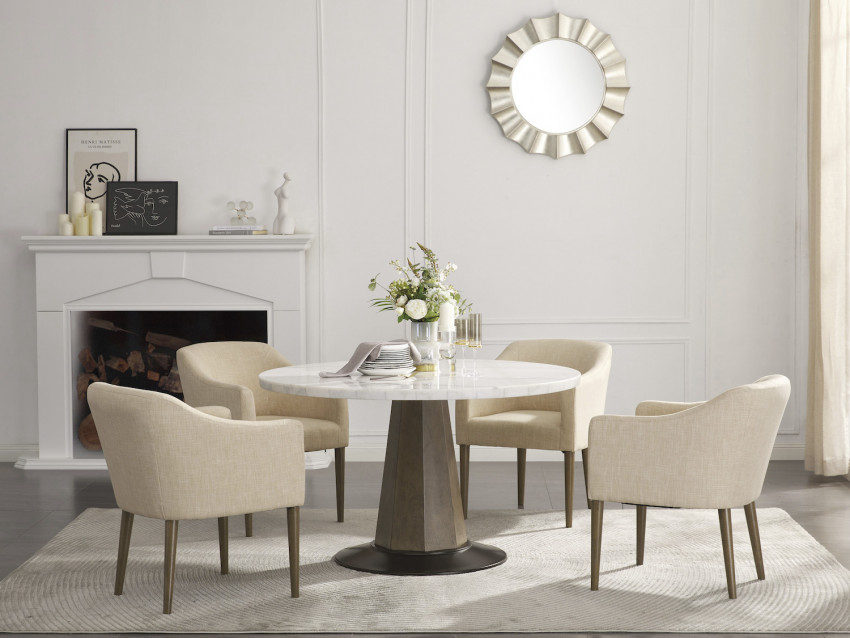
For every one of their benefits, open floor plans — particularly those that have a dining table set in the dining room, living room, and cooking zones — have their disadvantages: They're inclined to be uproarious and difficult to enliven, first off. To assist with destroying the walls among you and a design that suits your way of life, we pored over the abundance of master guidance for investigating these and other normal grievances. Whether you're planning a room without any preparation or battling to make yours work, look at our top tips and connections underneath rooms transferred that get everything done well.
The most effective method to Separation when the Space Is not clear
Whether you're planning a gigantic room or a little one, sorting out some way to separate the space can be perplexing when you don't have many (or any) inside walls and segments.
Arrangements: Single word: drafting. This implies apportioning the room into subspaces, or zones, as indicated by their capability. The substance is that you'll need to guarantee that each zone's capabilities similar to possess room and that the zones interrelate serenely and sensibly inside the common space.
Begin by portraying your room, considering existing pipes, entryways, windows, chimneys, and different elements you don't want to change. Then, at that point, gauge how much area you want for your furniture groupings — your dining table set and seats, for instance, and your sofa, side seats, and footstool, in addition to the space around them — inside that bigger space.
A regular course of action for a really long time, rectangular open-plan rooms are direct, with the feasting zone sandwiched between the kitchen and living zones. An L-formed arrangement, with either the kitchen or dining table set in its own space, is additionally normal. Square or almost square rooms can be isolated fifty, with one side given to a solitary zone and the other half similarly partitioned into the leftover two zones.
However, the design of your living, feasting, and cooking spaces might differ relying upon the area of the decent components. One basic thought while sorting out which zone goes where is the way individuals will go through the room. Adjoining zones ought to be legitimate — for instance, your dining table set region ought to be near your kitchen — and traffic ought to stream unhampered, however not through the dynamic cooking region.
Here are a few key estimations that will guarantee that individuals can move from one zone to another securely and easily:
- You'll require something like 3 feet of width for ways of movement.
- The space between the kitchen counter and the lounge area table ought to be something like 4 feet.
- A section entryway in the way or a bigger scaled space will require more space — 6 feet or more.
- On the off chance that your current furniture groupings encroach on those clearances, pare back the pieces or supplant them with things better scaled to the space.
Then again, once in a while, there's such an excess of leeway that groupings seem to be minuscule islands in a gigantic sea. All things considered, you can increase the size of your furnishings or add pieces. Yet, assuming you have in excess of 8 feet between your couch and other seating in your living region, it could look best to add another furniture gathering.
Nailing the design and size of your furniture is basic to making your home practical and agreeable. Furthermore, as you've presumably sorted out, it's harder than it looks. Recruiting a creator to assist you with arranging your open-plan room could save you a lot of cerebral pain.



